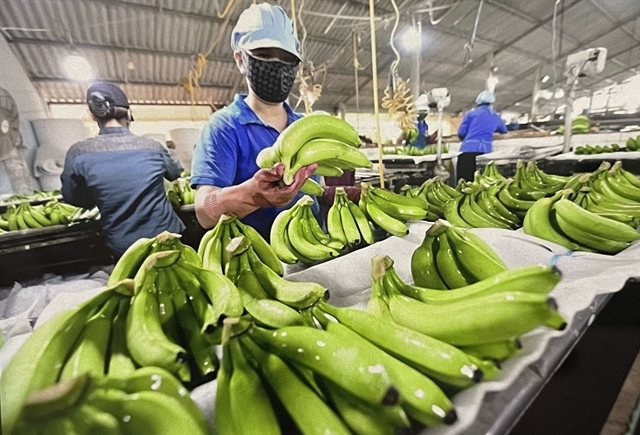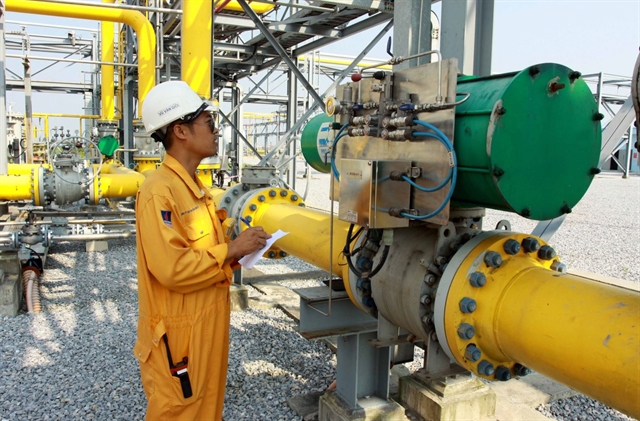 Economy
Economy


|
| Petrovietnam Gas Joint Stock Corporation’s LNG gathering and distribution system from Hàm Rồng and Thái Bình mines into Tiền Hải industrial park.— VNA/VNS Photo Thế Duyệt |
HÀ NỘI — Liquefied Natural Gas (LNG) producers, consumers and other stakeholders from Việt Nam and Norway attended a workshop held on Monday by the Norwegian Embassy in Hà Nội.
The country’s gas development plan envisages that from 2021-25, Việt Nam will need to import 1-4 billion cubic metres of LNG per year. About 75 per cent of the imported LNG will be used as fuel for power plants to secure a rapidly growing national economy.
Speaking at the workshop, Lê Hải Đăng, head of the Development Strategy Department under Việt Nam Electricity, said following Việt Nam’s Power Development Plan for 2025-30, the country would need new LNG power plants with a total capacity of 15,000 MW -19,000 MW to meet the rapidly increasing growth of domestic power demand.
Gas supplies were forecast to fall from 2020, due to declining reserves and the delayed development of new gas fields, he said.
In response, the Government was encouraging local and international companies in the LNG industry to co-operate.
Ambassador Grete Løchen said that LNG was the cleanest fossil fuel.
In the context of the current energy transition in Việt Nam and regionally, LNG represented an excellent alternative to coal thermal power in terms of less air pollution, she said.
With expertise in the LNG industry, Norwegian companies were willing to transfer and share with Việt Nam, she said.
Nguyễn Thanh Hà, CEO of VIETBID Technology Investment Consultant Centre, said many investors were exploring this field in Việt Nam, but as yet there were no Norwegian companies.
Baptiste Debaene, BDM at Hoegh LNG Company, said while the country's potential and LNG exploitation projects were still small, the construction of LNG storage was proving too costly at the moment.
Việt Nam could use floating storage and regasification units (FSRUs) systems as floating ports or container ships for imported LNG, he said.
The ship could be moved if we did not need to use it. The superiority of FSRUs had been confirmed in many countries, he said. — VNS




